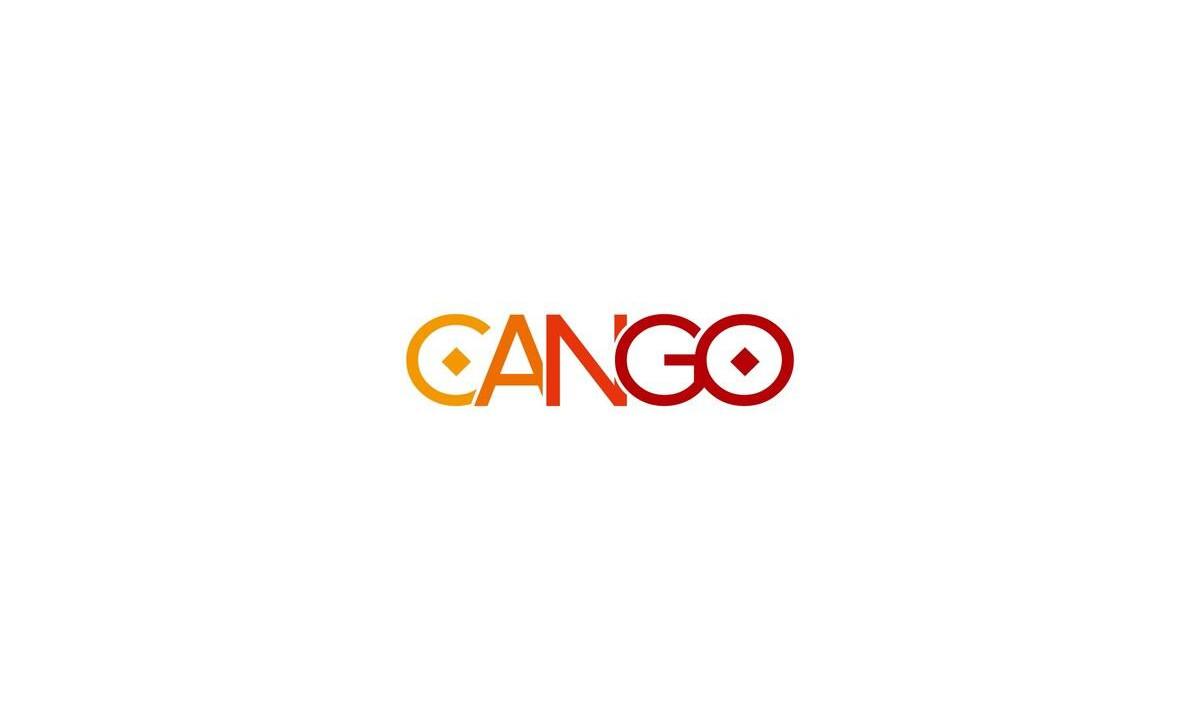Key Points:
- Polygon upgrades zkEVM to Type 2 zkEVM, easing code deployment.
- Cardona Testnet was launched for developers to test the Etrog upgrade.
- The Polygon zkEVM upgrade boosts transaction processing efficiency.
Polygon has unveiled a groundbreaking upgrade, dubbed Etrog, poised to revolutionize its zkEVM platform and streamline developers’ experiences with smart contracts. This advancement marks a significant shift, elevating Polygon zkEVM to a Type 2 zkEVM, akin to Ethereum’s architecture.

Read more: Polygon Supernets vs. Avalanche Subnets: Which Is Better In The Recent?
Polygon Revolutionizes Blockchain with Polygon zkEVM Upgrade
The Polygon zkEVM upgrade streamlines deployment for developers, allowing seamless code migration from Ethereum to Polygon zkEVM without necessitating additional modifications. This simplification empowers developers to expedite their projects, as they can now effortlessly copy and paste code onto the zkEVM platform.
One notable enhancement introduced by the Etrog upgrade is the implementation of a 10-day timelock, signaling the commencement of the testing phase for Cardona, the new Sepolia-anchored testnet for Polygon-zkEVM developers.
Moreover, the upgrade augments Polygon zkEVM’s capabilities by supporting five additional pre-compiled smart contracts, solidifying its status as a Type 2 zkEVM. Additionally, it introduces a novel method for processing transaction batches, enhancing network efficiency and throughput.
Prior to the Polygon zkEVM upgrade, its design featured L2 blocks containing individual transactions, which incurred efficiency penalties during liveness issues. However, post-upgrade, L2 blocks can accommodate multiple transactions, and each batch can contain numerous blocks, ensuring smoother network functionality and improved overall throughput.
The taxonomy of zkEVM types delineates a ZK rollup’s compatibility with Ethereum’s transaction execution protocol, underscoring the balance between prover performance and developer convenience.
| DISCLAIMER: The information on this website is provided as general market commentary and does not constitute investment advice. We encourage you to do your own research before investing. |






















